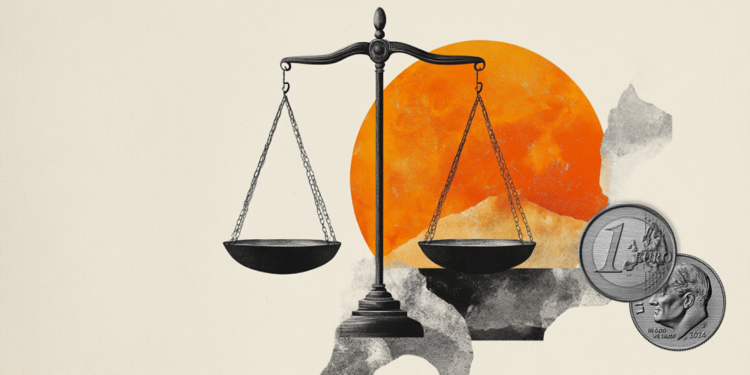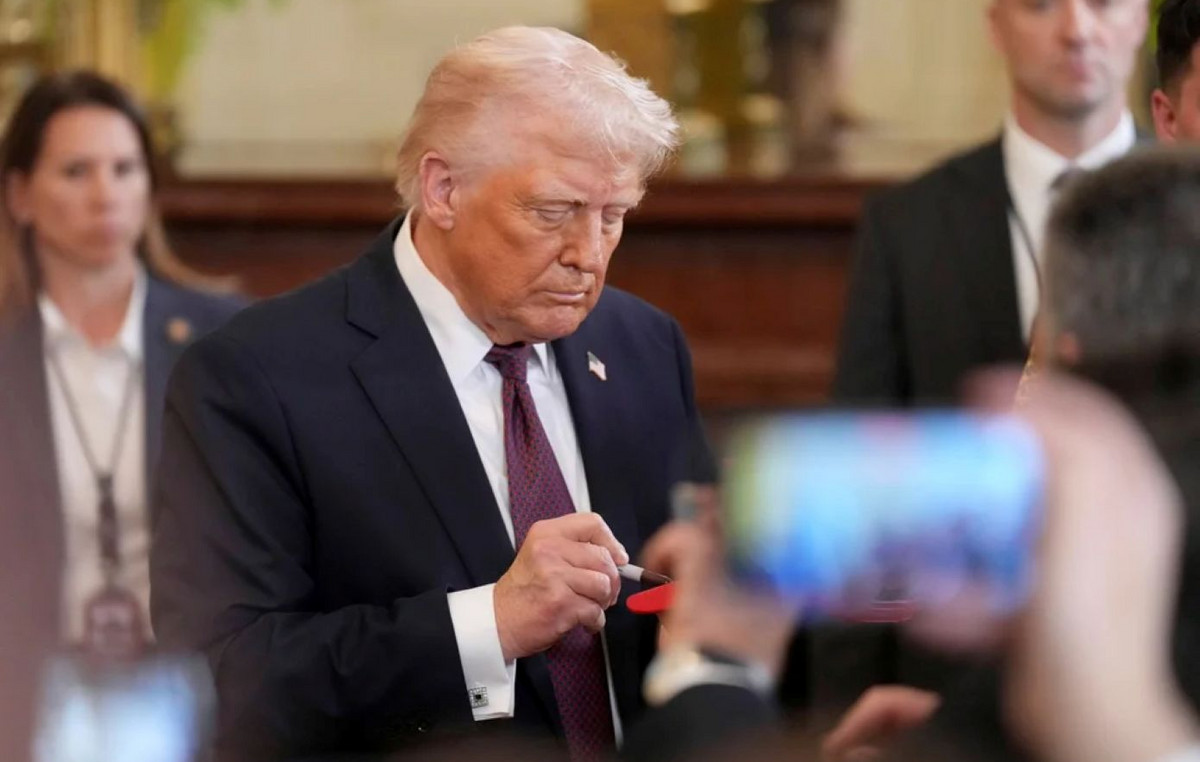At the end of 2022, Binance was secretly transferring collateral intended to secure its customers’ stablecoins. Assets were directed to other undisclosed purposes, just as the FTX exchange did before the crash in November, writes RBC Crypto with reference to Forbes.
After analyzing the data in the blockchain, the journalists came to the conclusion that part of the user assets in the “wrapped” USDC tokens (B-peg USDC) worth more than $1 billion were not fully secured, which contradicted the statements of the exchange.
B-peg USDC tokens are digital copies of Circle’s USDC stablecoins that exist on Binance’s BNB Smart Chain blockchain. The practice of “wrapping” a token to issue a copy of it on another blockchain is ubiquitous. For example, prior to the launch of B-Tokens, a Binance user holding a Tron (TRX) token could only use it on the Tron network, while BUSD stablecoins on the Ethereum blockchain could only be transferred on the Ethereum network. Copying tokens in other networks allows users to work with them not only in the original blockchains.
Binance has committed to backing its “B-tokens” with 100% backing in base cryptocurrencies. The process should work like this: when Binance creates wrapped tokens, it stores the tokens of the underlying asset at a 1:1 ratio in a dedicated Binance-Peg wallet.
Journalists noticed that this wallet shows a sudden decrease in the balance of $3.6 billion on August 17, 2022. This reduction came as a result of the exchange’s decision to withdraw 1.78 billion USDC tokens and 1.85 billion BUSD. The withdrawal of $1.78 billion USDC occurred without a corresponding reduction in the supply of B-peg USDC, as a result of which the balance in the special wallet fell to zero. This means that if all B-peg USDC holders attempted to redeem their tokens on that day, Binance would most likely not be able to satisfy the requests without a significant delay, the publication claims.
Forbes identified the recipients of the $1.2 billion worth of USDC tokens — funds that were withdrawn from the B-peg wallet to other Binance wallets, and some more USDC funds from other sources. The largest recipient was the Chicago-based trading company Cumberland DRW, which received $1.07 billion. Binance sent another $201 million to Tron founder Justin Sun and funds Amber Group and Alameda Research.
Binance claimed that all “wrapped” tokens are secured, even if the reserves are not in a special wallet. However, the fact that the transferred funds came from a wallet used to store customer funds was considered by Forbes to be problematic: “It’s hard not to notice the similarities to the transactions that contributed to the crisis and the collapse of FTX,” the article says.
Binance Chief Strategist Patrick Hillmann explained in an interview with Forbes that moving assets between wallets is part of the normal business of the exchange. He explained that there was no mixing of client funds and the exchange, as there is a ledger that tracks all funds owed to users, and wallets are just “containers” between which funds can be transferred.
In conclusion, the publication notes that such “revelations” may prompt governments to require that users’ assets are not stored on crypto exchanges, but with qualified custodians, as is done in traditional financial markets.
In mid-February, the US Securities and Exchange Commission (SEC) already proposed such amendments to the regulations governing the cryptosphere. If the proposed rule by the SEC is approved, it could mean that institutional funds that deal in cryptocurrencies will be forced to move their clients’ assets elsewhere.
Source: Cryptocurrency
I am an experienced journalist and writer with a career in the news industry. My focus is on covering Top News stories for World Stock Market, where I provide comprehensive analysis and commentary on markets around the world. I have expertise in writing both long-form articles and shorter pieces that deliver timely, relevant updates to readers.







